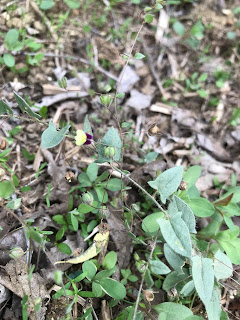It's taken me a while to dive in properly but now I've started I have to say that I'm rather enjoying it. And it certainly makes identifying many species just that little bit easier.
Take the staph genus Philonthus. There are about 46 species recorded in the UK and external characters only get you so far, especially if you don't have known reference material for comparison. However, find a male, whip out its bits (or in the case of a beetle, its aedeagus) then bob's yer uncle, much easier. Compare to drawings of known species and play match the nadger.
Each species has an unique key (the aedeagus) that fits the females reproductive tract (the lock). It's this that is one of the methods of speciation for many beetles.
For example, I found this particular individual on strandline material in northern Cumbria. I could only get it so far using the keys but the aedeagus immediately IDs it as P. carbonarius.
Another individual from this genus was collected from cow dung in Cambridgeshire in the early summer. The two red patches on the elytra are fairly distinctive but just be sure the aedaegus identifies this as P. cruentatus.
Another genus of staph Lathrobium. Relatively straightforward to get to that bit but once again the aedeagus confirms this as L. geminum.
And it's not just staphs that this is useful for. I found this Heterocerus mud beetle the same night as the aforementioned P. cruentatus but this individual had been attracted to the light of the moth trap we were running. I only got so far with the key and some of the features weren't that distinctive and I certainly wasn't confident putting a specific name to it. A quick root around and its family jewels confirm it as H. fenestratus a rather common beetle but one that I'm happy that I've identified correctly.......



































